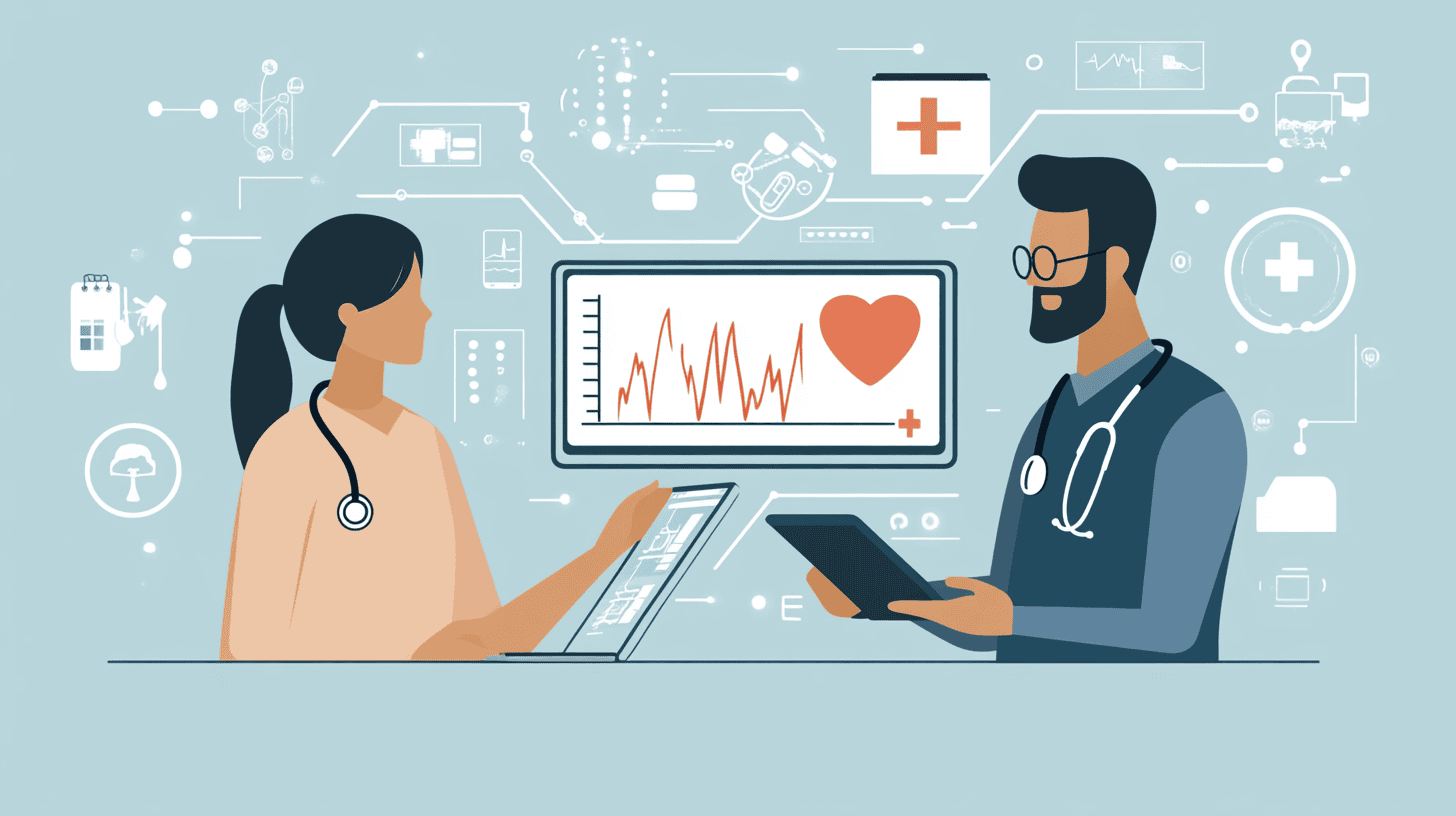The relationship between doctor and patient is often what draws many professionals to the field of medicine. It’s a connection that goes beyond diagnosis and treatment—one that can last for years, even decades, and plays a crucial role in patient satisfaction and overall healthcare outcomes.
In recent years, digital health has become a powerful force in transforming how patients engage with their healthcare providers. From mobile health apps to telemedicine, technology is playing an increasingly important role in bridging the gap between patients and healthcare systems. The ability to connect more frequently and effectively has not only improved patient access to care but has also enhanced overall health outcomes by promoting more active participation in one’s own health journey.
Digital health and patient engagement are closely intertwined, with technology enabling patients to take a more proactive role in managing their health. Whether it’s through remote consultations, personalised health tracking apps, or instant access to medical records, digital tools offer patients the ability to stay more informed and involved in their healthcare. This deeper engagement leads to better communication, improved adherence to treatment plans, and more timely interventions.
With patients now expecting more involvement in their healthcare journey, technology has become an essential tool in fostering these connections. Today’s patients are tech-savvy, often searching for doctors, scheduling appointments, and managing their conditions through online platforms and apps. Research shows that patients desire more engagement, including frequent communication with their providers, more information about their health, and the ability to easily track symptoms and monitor conditions.
Fortunately, innovations in healthcare technology have made these goals easier to achieve. For instance, automated messaging systems can keep patients informed about important health updates or screenings. While these messages may not be tailored to each individual, they serve to enhance engagement and encourage patients to take action, such as contacting their doctor.
Another valuable technology is the ability for healthcare providers to segment patients based on factors like age or health conditions. This makes it easier to communicate targeted, relevant information, ultimately increasing engagement and helping patients feel more connected.
Telemedicine is another growing trend that strengthens the doctor-patient relationship. Virtual appointments, in connection with concierge primary care services, offer patients a more convenient option, eliminating the need to travel and creating more time to fit healthcare check-ins into their busy lives.
Empowering patients to take charge of their health can lead to better medical outcomes and greater satisfaction. Tools like medication management apps help remind patients to take their prescriptions, while mobile health (mHealth) devices allow them to monitor symptoms and share real-time data with their physicians.
These technological advances are helping both patients and providers communicate more effectively and work together toward better health outcomes. By using digital solutions, patients can take more control of their health, potentially improving their quality of life, while healthcare providers gain the ability to operate more efficiently and allocate more time for personalized patient care.
To learn more about how technology is transforming patient engagement, refer to the accompanying infographic.

